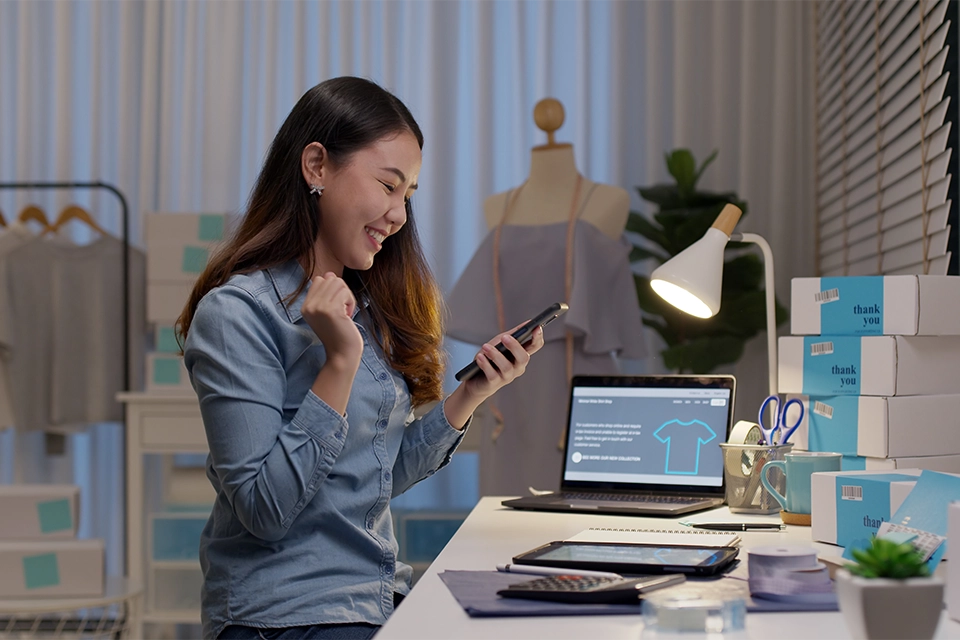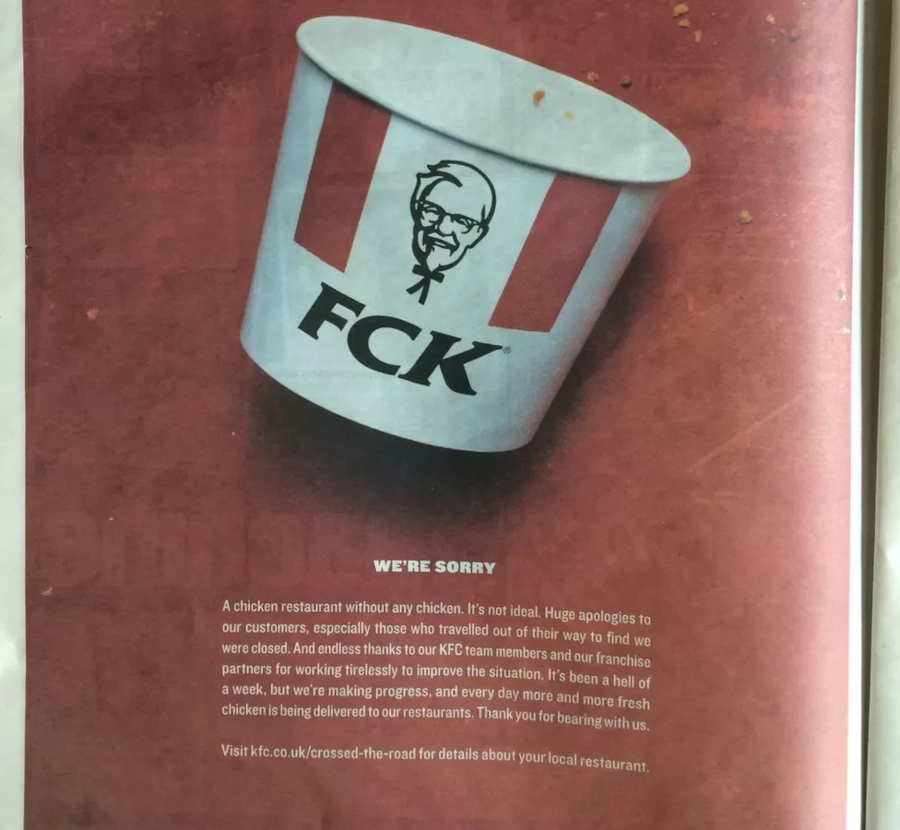Reading Time: 14 Minutes
Your brand’s reputation is more than just a name on the lips of consumers—it’s a living entity that defines your success. But in the vast realm of digital conversations, how do you gauge the pulse of your brand’s perception?
This blog will equip you with the tools and insights needed to elevate your brand’s standing, from deciphering online chatter to unraveling customer sentiments. By the end, you’ll be ready to dive deep into the world of brand reputation analysis and emerge with a clearer vision of your company’s impact.
Before working to improve your brand reputation, you need to get a clear picture of where you stand. For the best brand reputation analysis, begin by collecting all the data you can about what customers are saying and how they perceive your brand online.
Here are a few good places to start:
Check out your brand mentions and other tags relevant to your industry. Don’t be afraid to make yourself part of the conversation. If someone makes a vague comment about your brand, ask them to elaborate. Getting in on the discussion early is an excellent way to get the ball rolling on improving brand sentiment.
Don’t forget to check other earned media channels like blogs or even news outlets. If you run a particularly memorable campaign, there is a high chance someone is covering it outside social media.
While it’s true that consumers are far more likely to leave a negative review than a positive one, checking review and rating platforms can still give you a good idea of how audiences are receiving your products.
Here are a few sites to consider:
Surveys are a valuable tool you can leverage at any time. If someone purchases a product, send them a follow-up survey asking how they liked their order. If someone returns a product, shoot them a survey to find out why.
Focus groups involve gathering a small group of individuals to discuss specific topics or products in a structured setting. It allows for in-depth qualitative insights, group dynamics, and interaction among participants. For best results, be sure to have a skilled moderator guide the discussion.

Once you have an idea of where you stand with your audience, it’s time to start building your brand reputation. Remember: Even if brand sentiment is mostly positive, there will always be areas to improve.
Acknowledging your mistakes and letting customers know what you’re doing to remedy this situation can be a great chance to turn bad PR into good PR.
Let’s look at KFC, for example. In 2018, the global fast-food chain started running out of key ingredients—including chicken. But instead of hiding from the bad press, they took a proactive approach and even turned their misfortune into a clever ad campaign that got the whole world talking about them (and forgiving them).

Image via BBC News
Always ensure your loyal customers know how much you appreciate them—even if it costs your business a little bit upfront.
Chewy is a brand known for top-tier customer service. It recently went viral for sending customers handmade portraits of their beloved pets after they pass away. And we think we know who their pet supply brand of choice will be if they decide to get another four-legged family member.
The example above is just one way to go above and beyond in offering exceptional customer service. But there are plenty of ways to do it through the customer journey.
Customer service starts with your company’s web experience, so ensure it’s intuitive and user-friendly. Be sure you have strategies in place to answer any questions your customers have along the buying journey. Make the checkout experience as seamless as possible, and always ensure you have a solid return policy.
A little light bribery never hurts if you’re having trouble collecting positive reviews. Offer your customers a discount code or special offer on their next purchase if they agree to leave a review on a review site of your (or their) choice.
Partnering with brand-aligned influencers with a positive reputation can create a halo effect around your entire company. Remember to partner with creators who know your brand, use your products, and genuinely believe in both. That way, they can deliver honest product endorsements that their audience trusts.
The ultimate goal is establishing a reputation of authenticity, transparency, and trustworthiness. Consider the following practices to ensure customers always view you in a positive light:
Keep your customers and stakeholders in the loop as best you can. Provide clear and timely information about your products, services, and company practices. Be responsive to inquiries, feedback, and concerns.
Share your brand’s story in an authentic and relatable manner. Highlight your values, mission, and the people behind your brand. Use storytelling to connect emotionally with your audience and create a sense of authenticity.
This includes manufacturing processes, sourcing, and supply chain practices. Share information about sustainability initiatives, ethical standards, and any relevant certifications or partnerships.
Foster a positive and transparent internal culture that aligns with your external brand image. Encourage employees to share their experiences and perspectives authentically.
Engage with your local community or relevant communities within your industry. Support causes, participate in charitable initiatives, and contribute positively to the community. This shows a commitment to social responsibility and builds trust.
A Customer Loyalty Index (CLI) is a metric used to assess and measure the level of customer loyalty toward a brand, product, or service. It provides a quantitative representation of customer loyalty by combining multiple loyalty-related factors into a single index.
Here are six steps for calculating your own CLI:
Determine the specific metrics that are most relevant to measuring customer loyalty in your business. These metrics could include:
The next step is calculating each individual loyalty metric. There are a lot of different metrics you can choose from, but let’s use the ones mentioned in step one as examples:
Step 1: Collect customer feedback using a satisfaction survey or similar method.
Step 2: Assign numerical ratings to the survey responses, such as a scale of 1 to 5 or 1 to 10.
Step 3: Calculate the average rating by summing up all the ratings and dividing by the number of responses.
Step 1: Determine the time period you want to measure (e.g., a month, a quarter, a year).
Step 2: Count the number of customers at the beginning of the period (C1).
Step 3: Count the number of customers who are still active at the end of the period (C2).
Step 4: Calculate the customer retention rate using the formula: ((C2 / C1) * 100).
Step 1: Determine the time period you want to measure.
Step 2: Count the number of customers who made more than one purchase during that period (R).
Step 3: Count the total number of unique customers during the same period (T).
Step 4: Calculate the repeat purchase rate using the formula: ((R / T) * 100).
Step 1: Ask customers a standardized NPS question: “On a scale of 0 to 10, how likely are you to recommend our company/product/service to a friend or colleague?”
Step 2: Categorize respondents into three groups:
Step 3: Calculate the percentage of respondents in each category.
Step 4: Subtract the percentage of detractors from the percentage of promoters to obtain the Net Promoter Score.
Assign weightage or importance to each loyalty metric based on its significance to your business objectives and the relative impact it has on overall customer loyalty. Consider factors such as customer feedback, business goals, and industry best practices when assigning weightage. For example, you may assign a higher weightage to customer retention rate if customer loyalty and repeat business are crucial to your business model.
Normalize the data for each loyalty metric to ensure consistency and comparability. This involves transforming the metrics into a common scale or format. It enables you to combine different metrics that may have different measurement scales. Normalize the data so that each metric falls within a specific range, such as 0 to 100, making them directly comparable.
Multiply the individual loyalty metric scores by their assigned weightage. Sum up the weighted scores for all the loyalty metrics. The result is the total loyalty score for each customer.
To calculate the CLI, take the average of the total loyalty scores across all customers in your analysis. The CLI represents the overall customer loyalty level for your business.
A higher CLI value indicates stronger customer loyalty, while a lower value suggests areas for improvement. Track the CLI over time to monitor changes in customer loyalty levels. Analyze trends, identify patterns, and compare the CLI against industry benchmarks or your own historical data to assess your progress and make informed decisions.
Measuring and improving your brand’s reputation is an ongoing journey that requires diligent data collection, analysis, and action. By harnessing the power of customer insights, social media monitoring, review platforms, and proactive engagement, you can shape a positive brand image that resonates with your audience.
Remember, owning your mistakes, showing gratitude, prioritizing exceptional customer service, and fostering authenticity and transparency are key steps in building a strong reputation. With the right strategies in place, you can cultivate a loyal customer base, inspire trust, and solidify your brand’s position in the digital landscape.
Our team keeps a finger on the pulse, so you’re always working with the latest information.